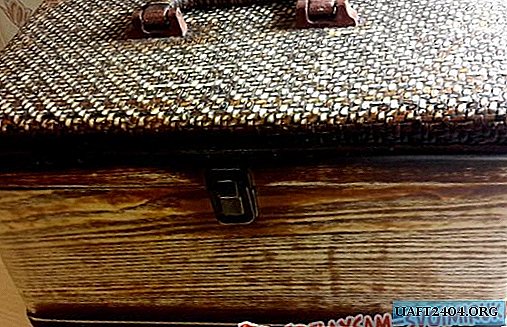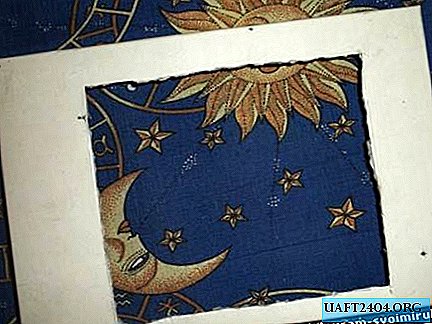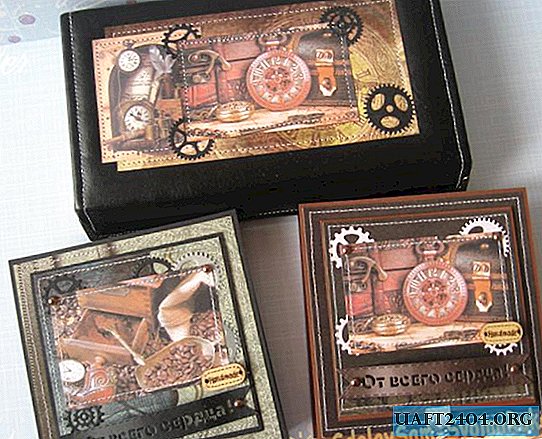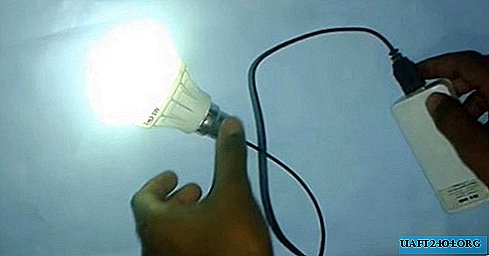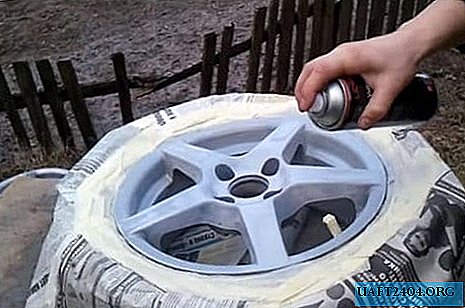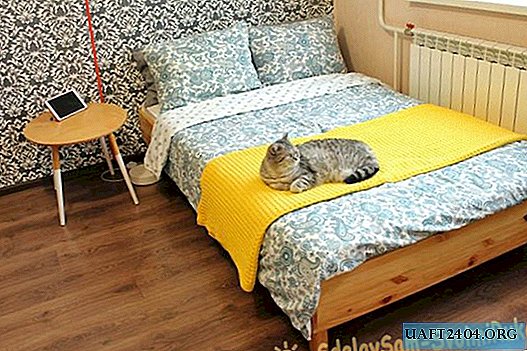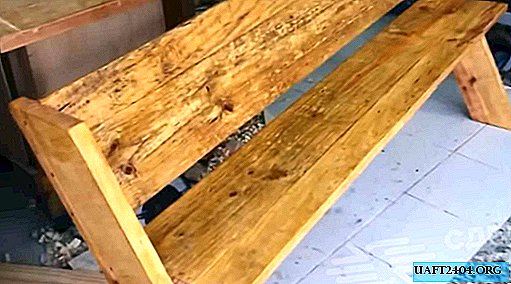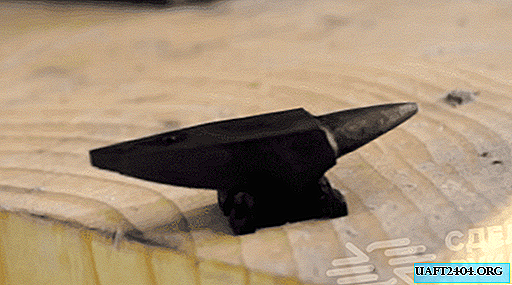Share
Pin
Tweet
Send
Share
Send
Let's get started. To start, I bought a fluorescent light with a power of 13 watts (need 2 pieces) and a length of about half a meter.
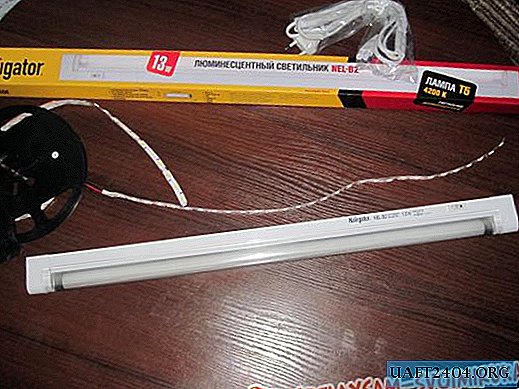
Next, I bought an LED strip. Not just bought, but for a long time chose more, to be precise. LED tapes a wide variety in the electronics market: both color and white, and small and large. Stop your choice on a tape with natural light (not cold and not warm - pure white), with a power of 14 W per meter with a power supply of 12 volts.

Here is her diagram:

As can be seen from the diagram, the LEDs are connected 3 in a group. I will redo this circuit to connect an LED strip at 230 volts of alternating voltage without any expensive and unnecessary converters.
We disassemble the lamp.



We see inside the pulse converter for a fluorescent lamp. We put it off not far - it is still useful to us.
Now we need to make small calculations to calculate how many groups of LEDs we need for a 230 volt network. 230 volts after rectification turn into 250 V, or even more, there is such an effect of converting AC voltage to DC. We take 250 volts and divide by 12 V (since one section of three LEDs is powered by 12 volts), we get 20.8333. We always round up and take another section to the reserve, and we get 22, that is, 22 sections. In total, 66 LEDs will shine. The connection scheme is serial:

I connected like this: cut out pieces with scissors and soldered with a wire, see pictures.



Next, we need a DC rectifier, I made it from the same lamp. We take out the converter torn from the lamp and bite off the capacitor. Diodes with a capacitor are located separately, so you just need to break off the board in the appropriate place, you will not have to solder, except for the wire.

Here is a diagram, if someone is not aware of what is at stake.


a series-connected LED strip (of 22 sections) turned out to be about a meter long. Naturally, it is difficult to conclude this number of LEDs in one lamp - it is very narrow, and it is not necessary. Therefore, I bought two lamps, connected in series, glued the LED strip in one row in each. Self-adhesive tape with an adhesive layer, but I advise you to additionally coat with superglue. Glued, assembled, connected.


I can not say anything about the minuses, but about the pros: It shines one and a half times better than the previously standing 13-watt lamp. Two fluorescent lamps consumed 26 watts, and here two consume less than 10 watts. Durability, reliability.
The biggest plus, in my opinion, is the directivity of the glow: they practically do not shine and do not blind in the side, but the table is illuminated perfectly.

Keep up with the times friends! All the best!
Share
Pin
Tweet
Send
Share
Send

